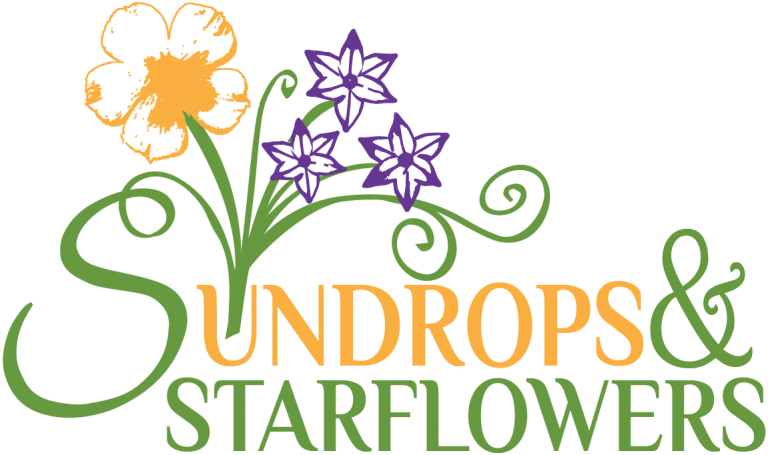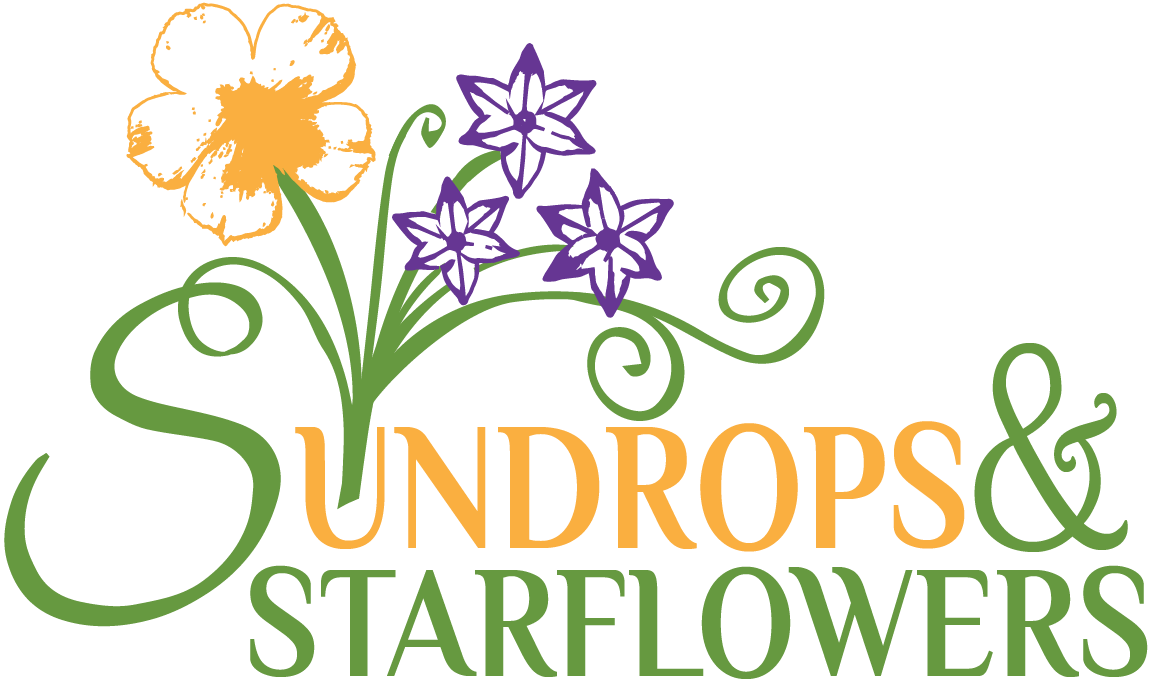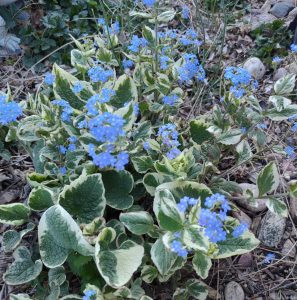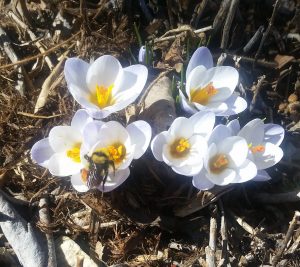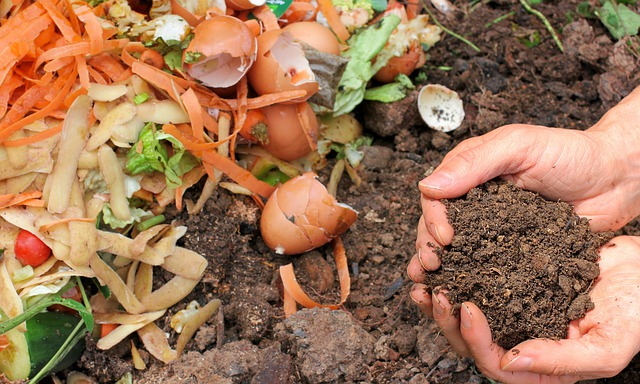
A garden is only as good as the soil. It is really, really important to use good soil and soil amendments in your planting beds and before laying sod or seeding grass. The purpose of adding an amendment to the soil is to increase soil fertility, improve soil structure, or both.
Organic matter, such as compost, is used to increase soil fertility. Compost that is rich in plant-available nitrogen, phosphorus and potassium gives the plant a real boost when first planted. Once the plants are established, microorganisms become active in the soil and the plants can generate some of these nutrients themselves. Incorporating compost into the soil at planting time effectually provides the “first meal” for the plants.
Pea gravel or squeegee gravel is often mixed into the soil to improve soil structure. Here in northern Colorado, our soils are typically a heavy clay. While clay soil has an amazing ability to hold water (which is why we can live here at all), heavy clay soils can suffocate or drown a plant. Adding gravel to the top 4” of soil improves drainage, soil porosity, and oxygen exchange around the crown of the plant.
SIDE NOTE: Plants need oxygen, too. You may remember that in the process of photosynthesis, plants take in carbon dioxide and give off oxygen. The chlorophyll uses CO2. Meanwhile, the plants use that oxygen when they convert their self-generated carbohydrates into energy in order to divide their cells and grow. Sunlight and minerals are the only inputs a plant needs to grow.
To properly amend the soil, you’re looking to get just 4-5” deep. Turn up the soil with a spade or a tiller. Spread the amendments and then turn the soil again. “Sheep and Peat” or “Clay Buster” compost are both good or you can get any kind of inexpensive compost. I avoid the “Cotton Burr” compost because it smells bad. If you have a pickup truck available, it is much less expensive to get it from the landscape supplier than buying it in bags. Be aware of the roots of existing trees! If you have large trees, you can amend the soil with a spade or use an air-spade.
You do not need to amend the soil where there won’t be any plants, but it may be easier to just spread the amendments all over. One cubic yard should cover 150 sq. ft. to 2” depth. For shrub beds and trees, use compost only. For perennial flower beds, use both compost and gravel. If your planting plan is primarily native plants, you can just use gravel. For turf grass areas, incorporate 3 cubic yards of compost per 1000 square feet.
While amending the soil is a laborious task, it is well worth the time and money spent. Repeat: a garden is only as good as the soil.
